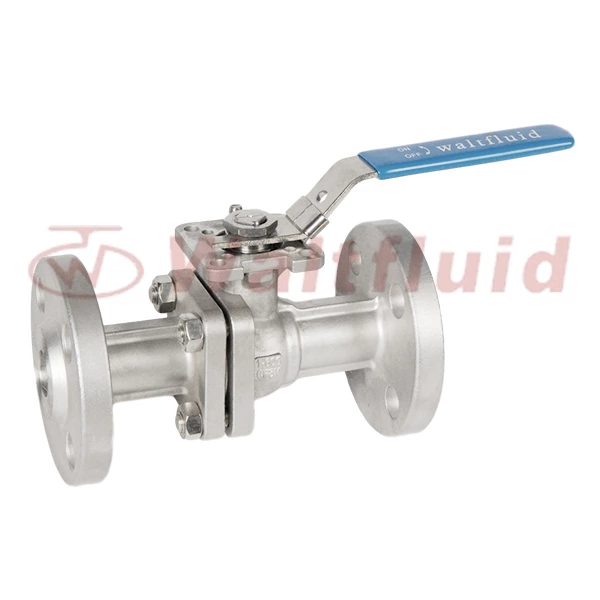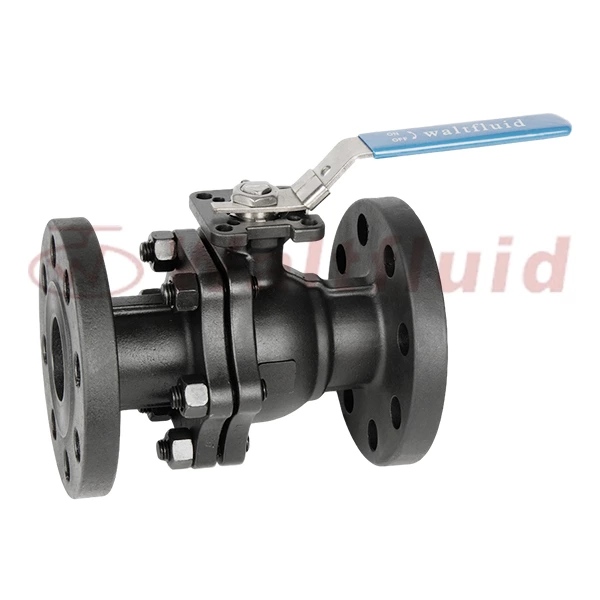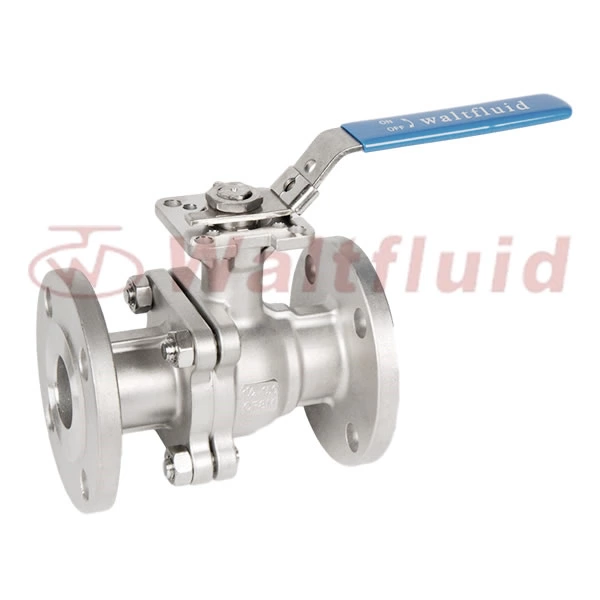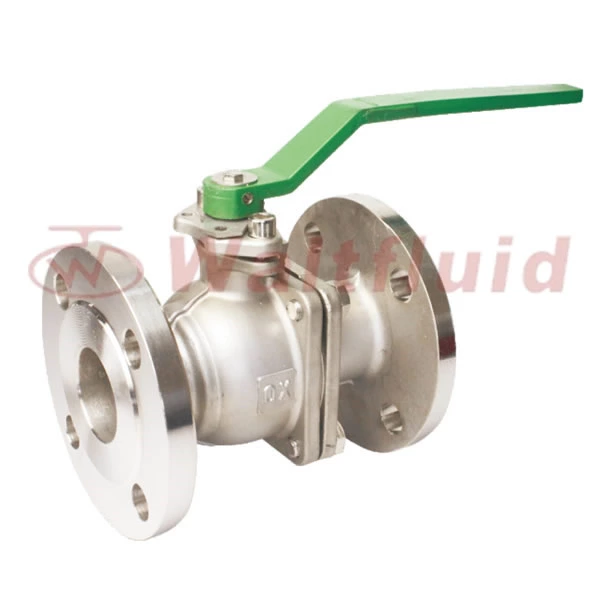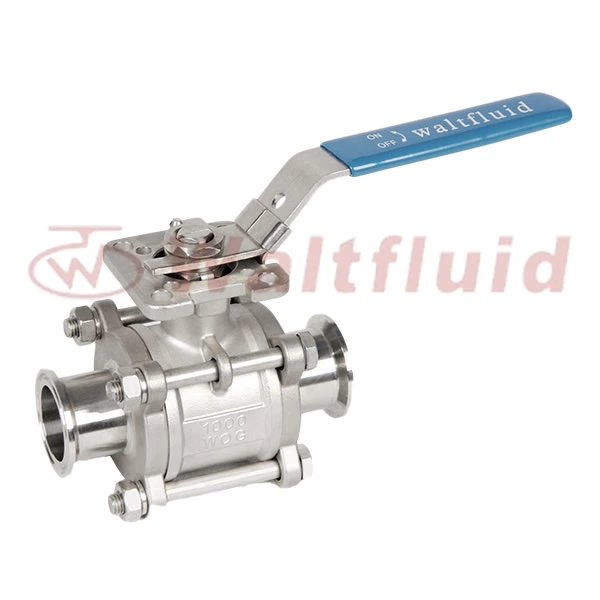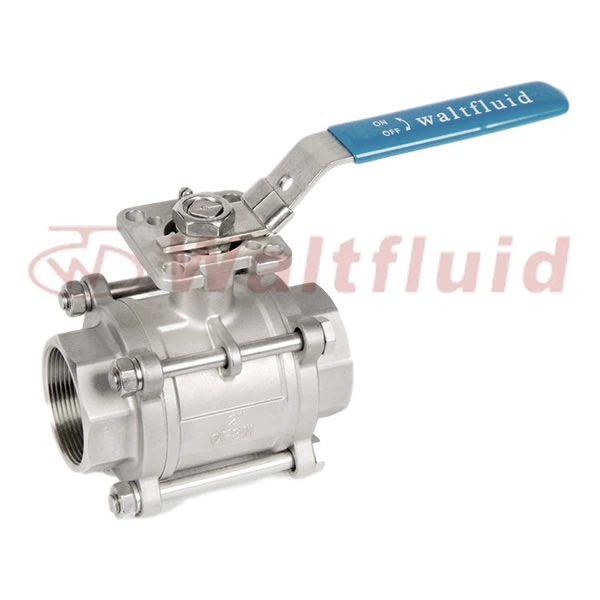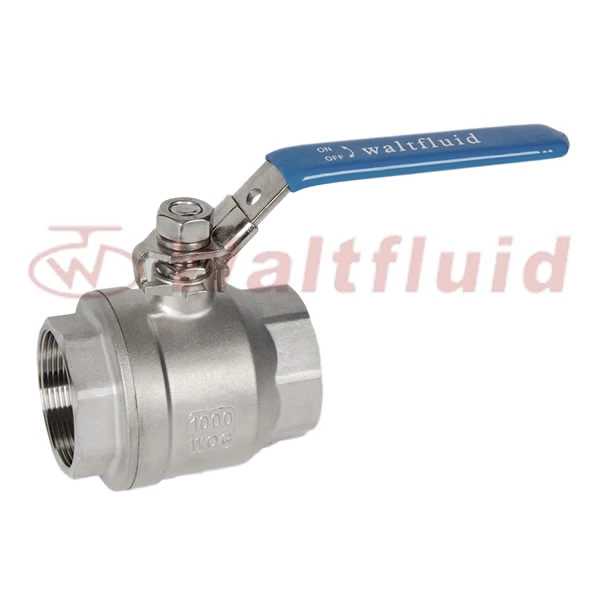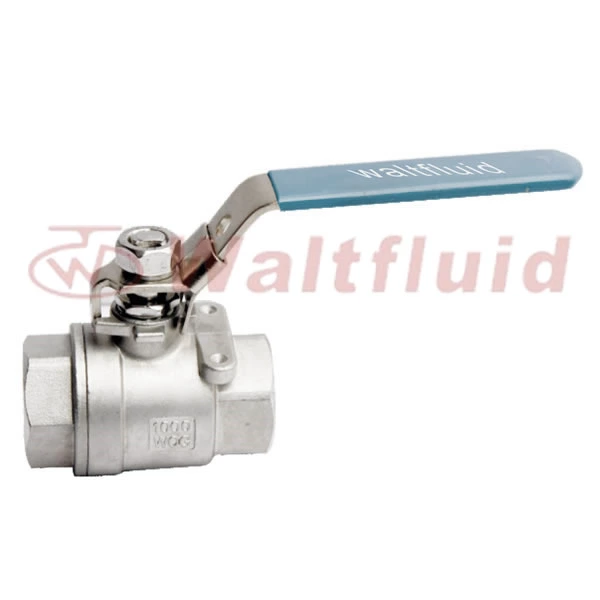What Is The Working Principle Of The Insulated Ball Valve And What Are The Differences?
2 Piece Threaded Ball Valve has good heat preservation and cold preservation properties, and the valve diameter is consistent with the pipe diameter, while it can effectively reduce the heat loss of the medium in the pipeline. It is mainly used in various systems such as petroleum, chemical, metallurgy, pharmaceutical, and food to transport high-viscosity media that solidify at room temperature.
I. Opening process
1 In the closed position, the ball is pressed tightly against the valve seat by the mechanical pressure of the valve stem.
2 When the handwheel is turned counterclockwise, the valve stem moves in the opposite direction, and the angular plane at its bottom causes the ball to detach from the valve seat.
3 The valve stem continues to rise and interacts with the guide pin in the spiral groove of the valve stem, causing the ball to begin to rotate without friction.
4 Until it reaches the fully open position, the valve stem rises to the position, and the ball rotates to the fully open position.
II. Closing process
1 When closing, turn the handwheel clockwise, the valve stem begins to descend and causes the ball to leave the valve seat and begin to rotate.
2 Continue to rotate the handwheel, and the valve stem is acted upon by the guide pin embedded in the spiral groove on it, causing the valve stem and the ball to rotate 90° at the same time.
3 When it is about to close, the ball has rotated 90° without contacting the valve seat.
4 In the last few turns of the handwheel, the angular plane at the bottom of the valve stem mechanically wedges and presses the ball tightly against the valve seat, achieving complete sealing.
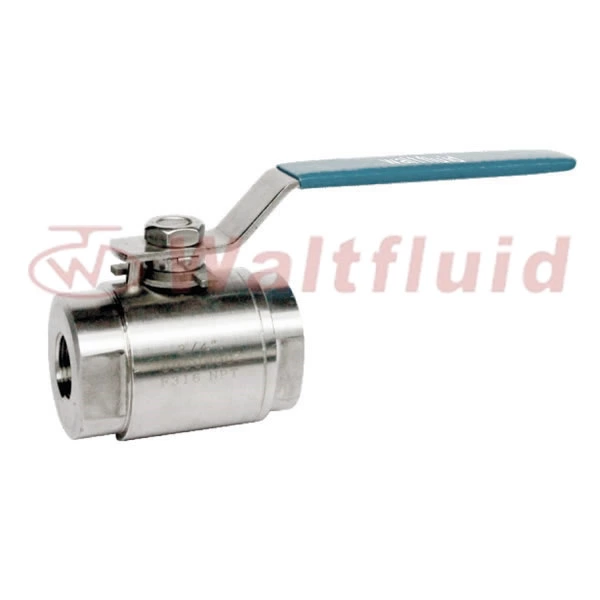
 English
English 中文
中文 Pусский
Pусский  Español
Español
